Amidst the lush foliage of tropical rainforests, a living jewel catches the eye—the Green-Headed Tanager (Tangara seledon). With its brilliant emerald plumage, captivating melodies, and lively demeanor, this tanager species brings a touch of vibrancy to the avian world. In this article, we delve into the captivating world of the Green-Headed Tanager, exploring its appearance, behaviors, habitat, and its significance within the complex tapestry of rainforest ecosystems.
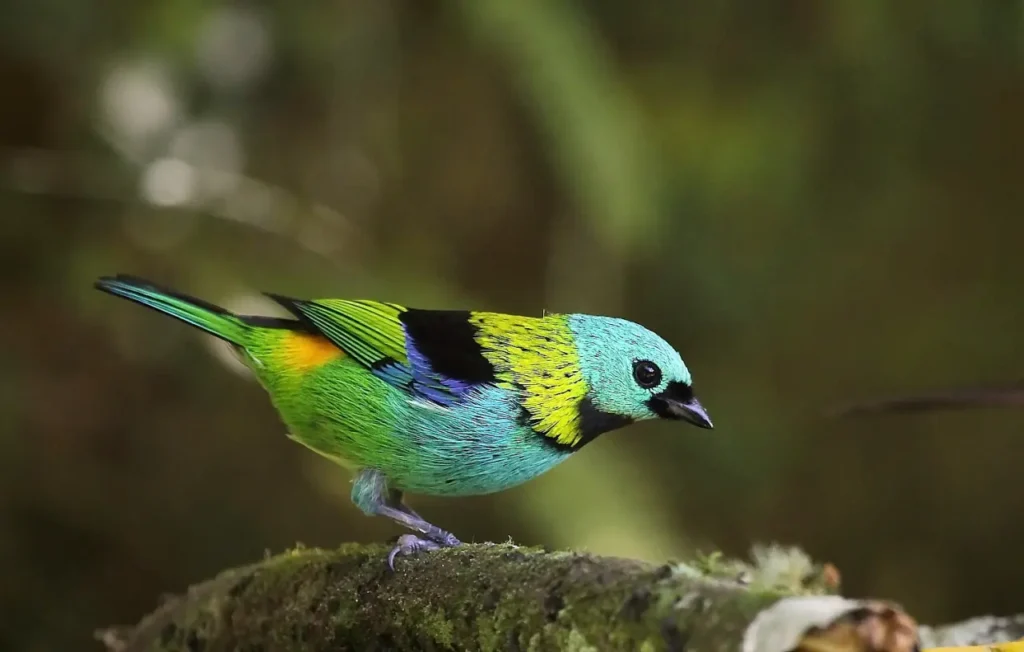
Appearance and Characteristics
The Green-Headed Tanager is a visual marvel, known for its stunning emerald green head and upperparts. Its body is adorned with contrasting black plumage on its wings, back, and tail, creating a striking juxtaposition with its vibrant head. The bird’s bright yellow underparts further enhance its aesthetic appeal. The combination of colors gives the Green-Headed Tanager an unmistakable and mesmerizing appearance.
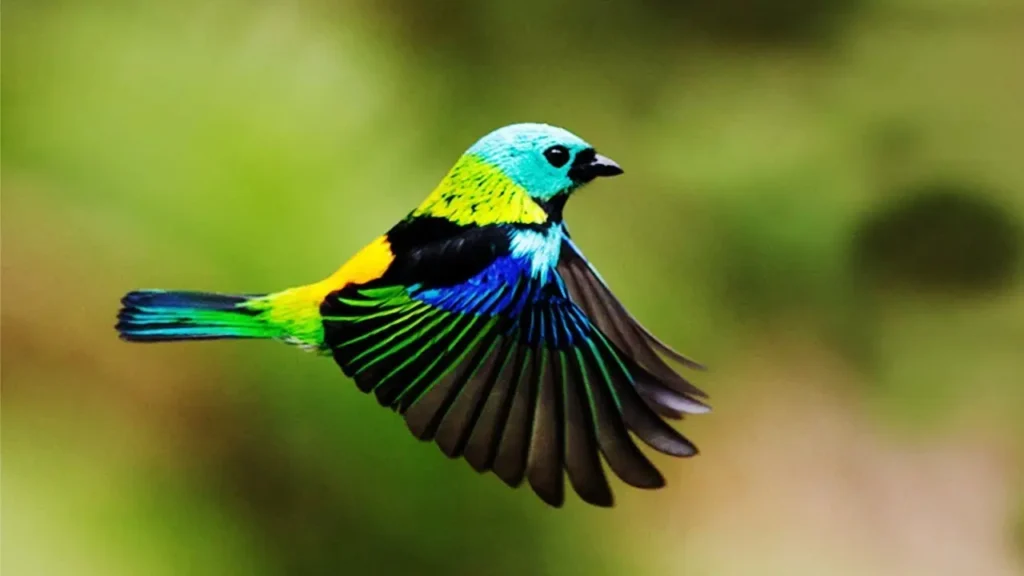
Behavior and Vocalizations
Beyond its captivating appearance, the Green-Headed Tanager is also known for its melodious songs and calls. These birds are often heard emitting a variety of musical notes that resonate through the rainforest canopy. Their vocalizations serve multiple purposes, including territory marking, communication with mates, and alerting other birds to potential threats.
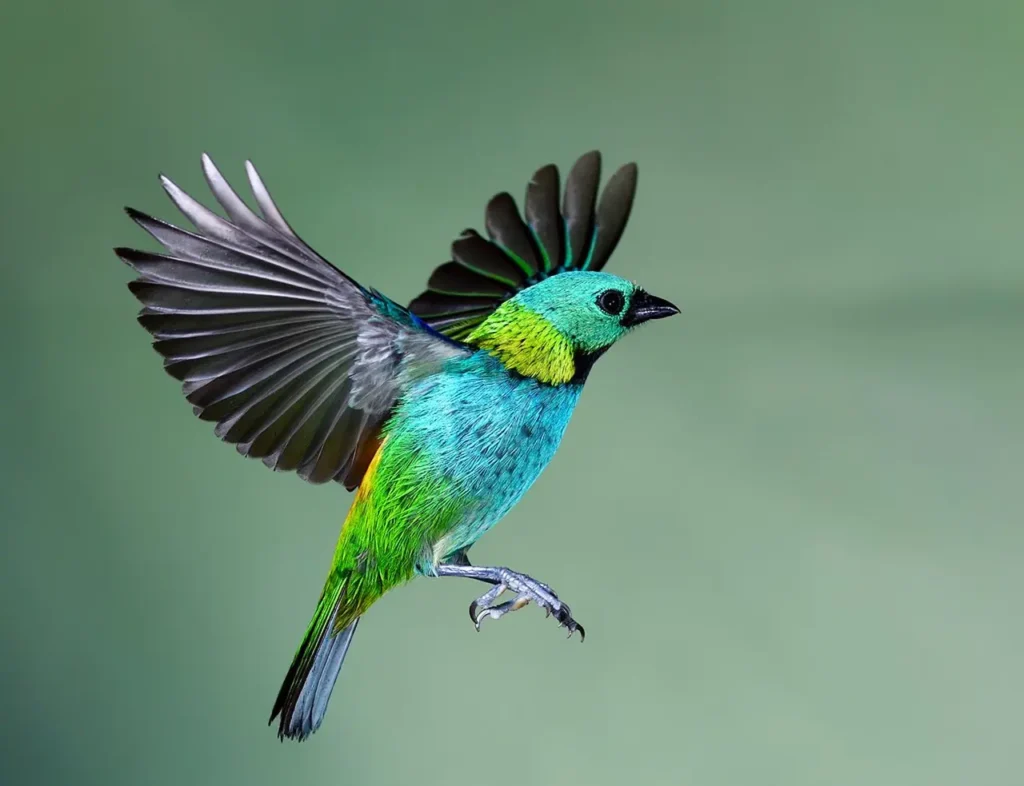
Foraging Habits
Green-Headed Tanagers are primarily frugivores, meaning they feed primarily on fruits and berries. They play a significant role in the ecosystem by aiding in seed dispersal. As they consume fruits, the undigested seeds are excreted in different areas, facilitating the growth of new plants. This interaction between the tanager and the plants highlights the intricate connections within rainforest ecosystems.
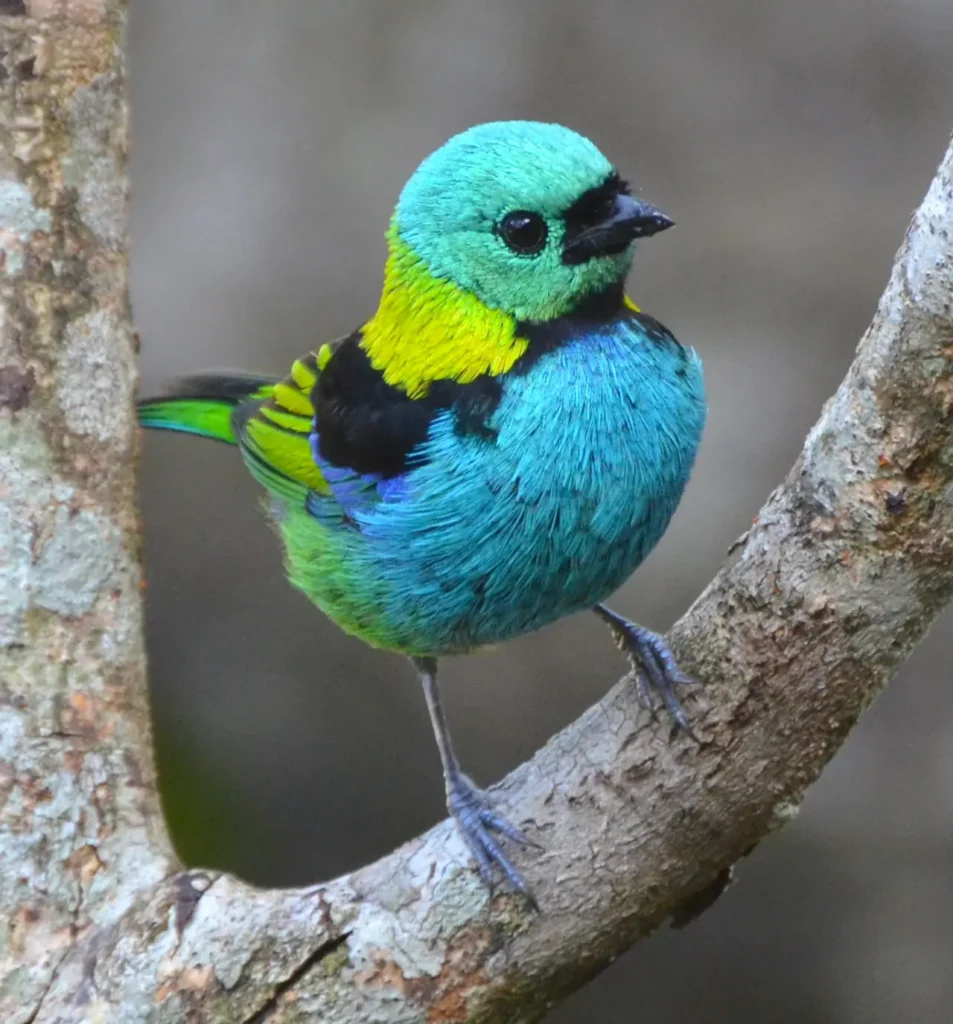
Habitat and Range
These vibrant tanagers inhabit the tropical and subtropical rainforests of South America, ranging from eastern Brazil to parts of Paraguay and Argentina. They prefer the dense canopies and undergrowth of these forests, where they can find a variety of fruits and shelter.
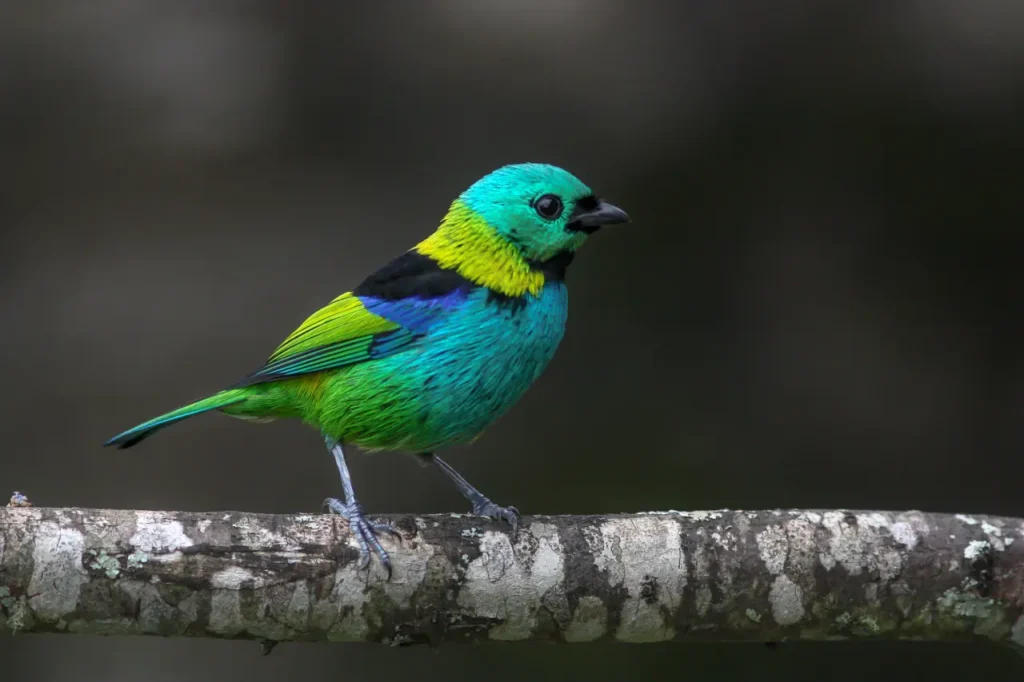
Conservation and Challenges
The Green-Headed Tanager’s vibrant plumage and reliance on rainforest habitats make it susceptible to habitat loss and degradation. As human activities, such as deforestation and urbanization, encroach on these environments, the populations of these magnificent birds can be threatened. Efforts to preserve rainforest habitats are essential for ensuring the survival of the Green-Headed Tanager and many other species that depend on these ecosystems.
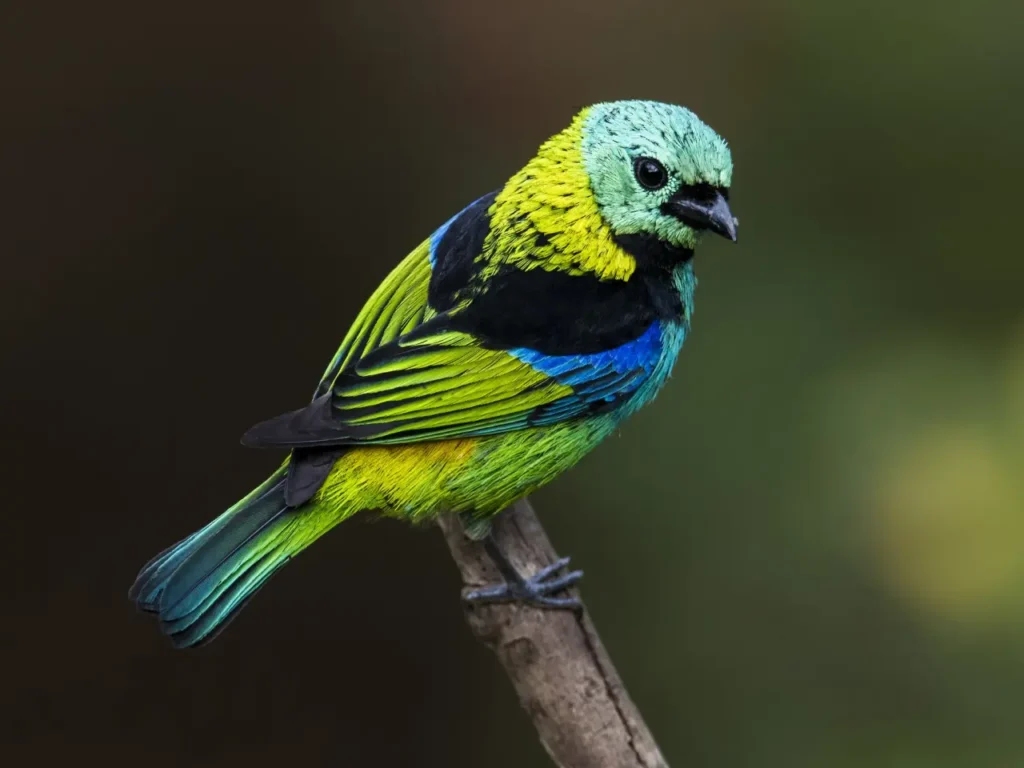
Significance in Ecosystems
The Green-Headed Tanager contributes to the rainforest ecosystem by participating in pollination and seed dispersal processes. Their consumption of fruits and subsequent movement from tree to tree facilitates the exchange of genetic material among plants and aids in maintaining the biodiversity of the rainforest.
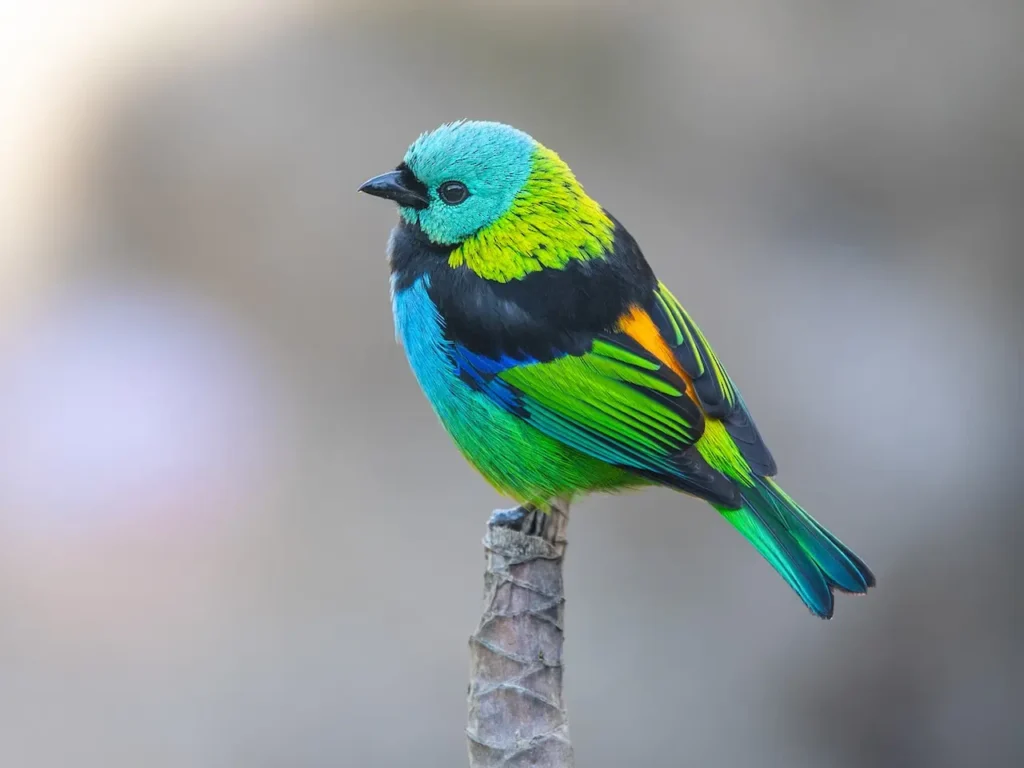
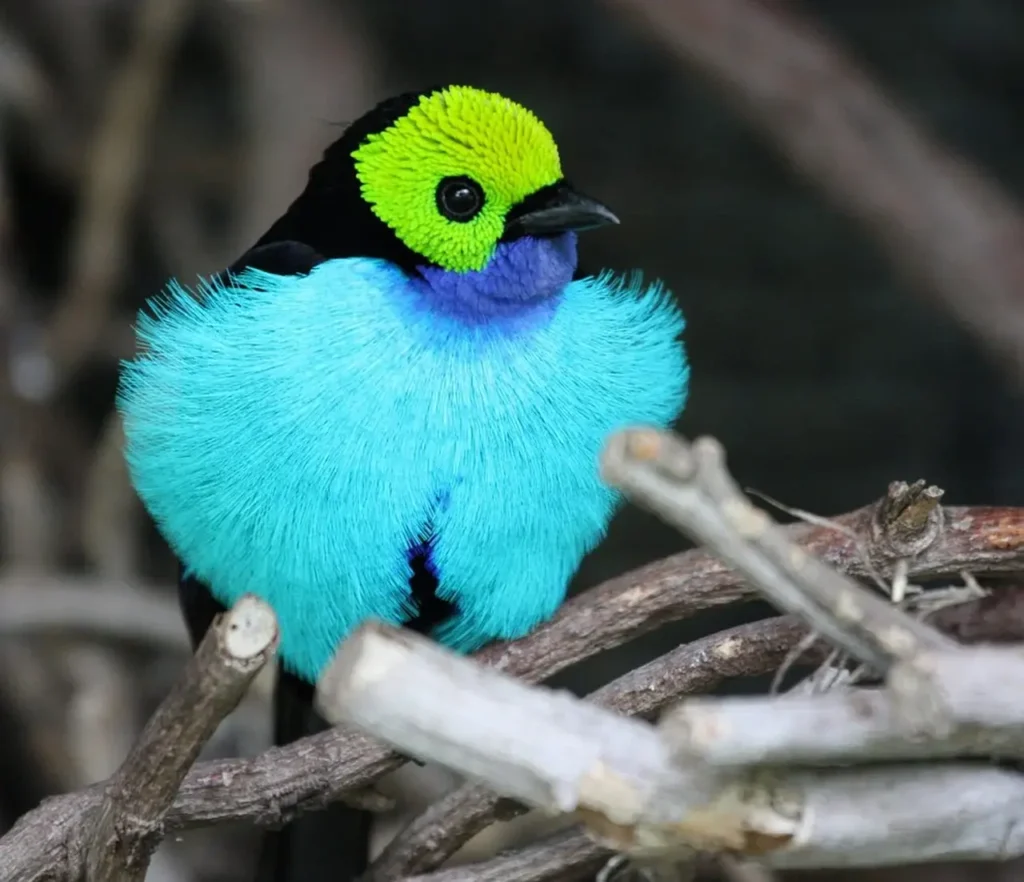
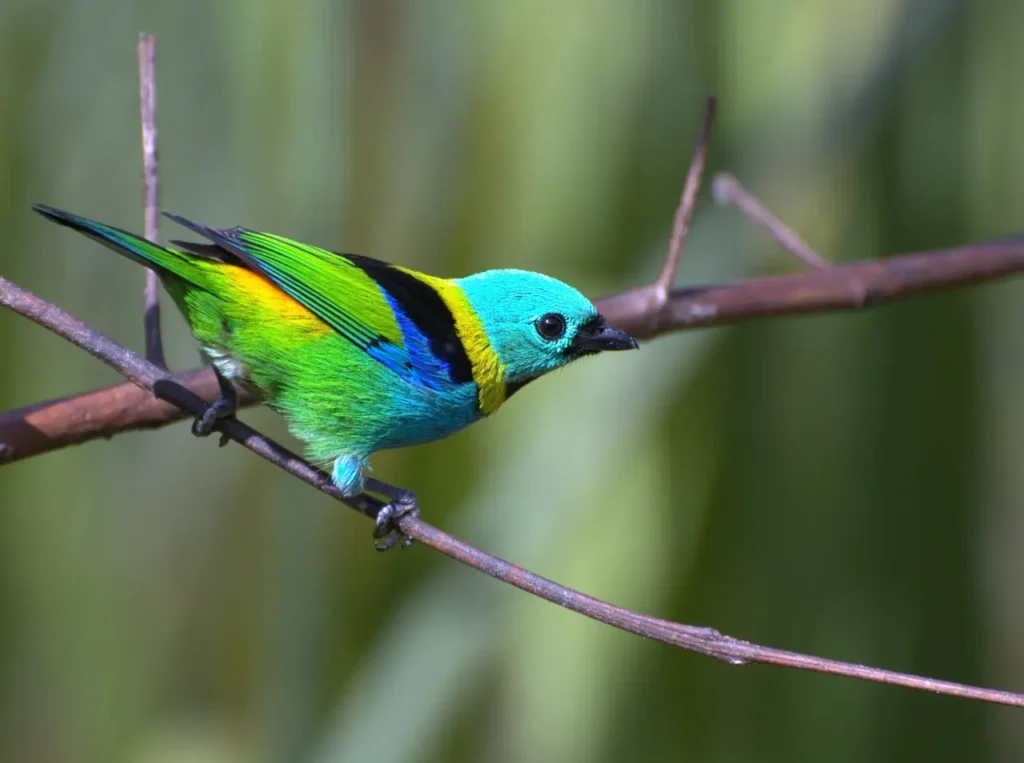
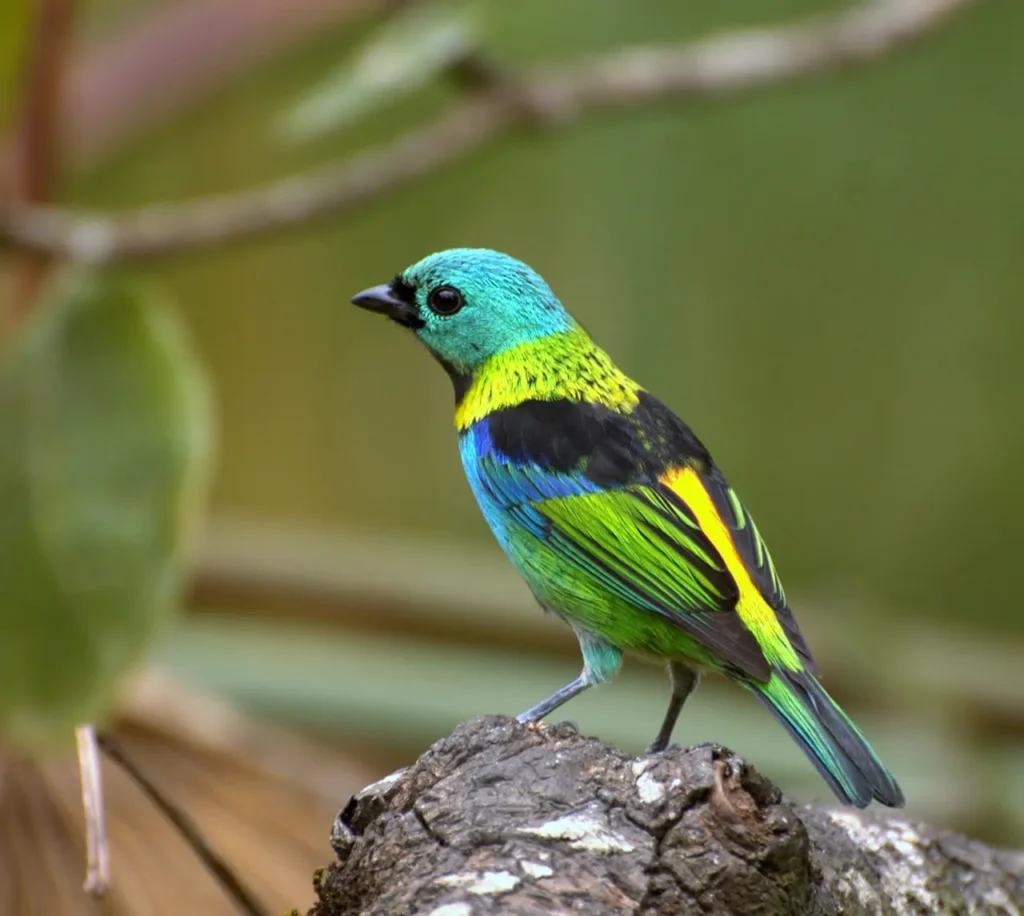
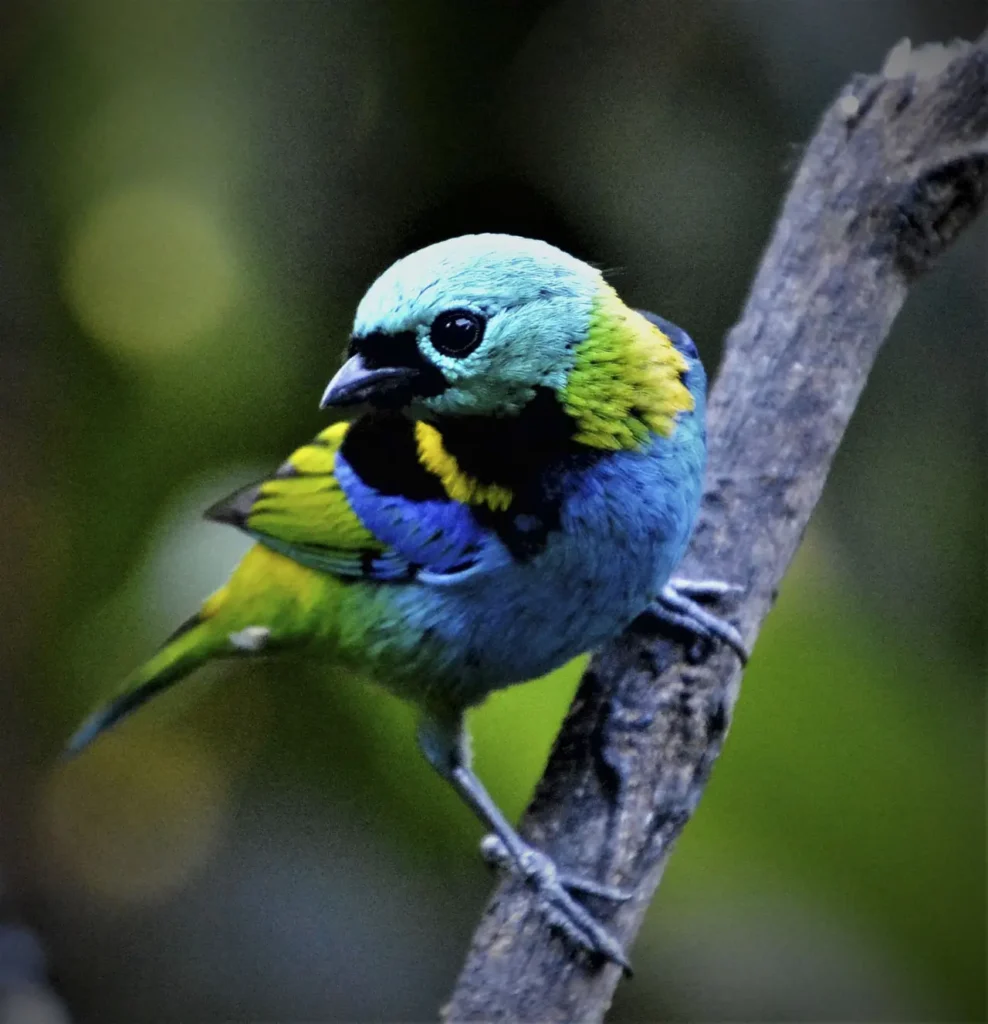
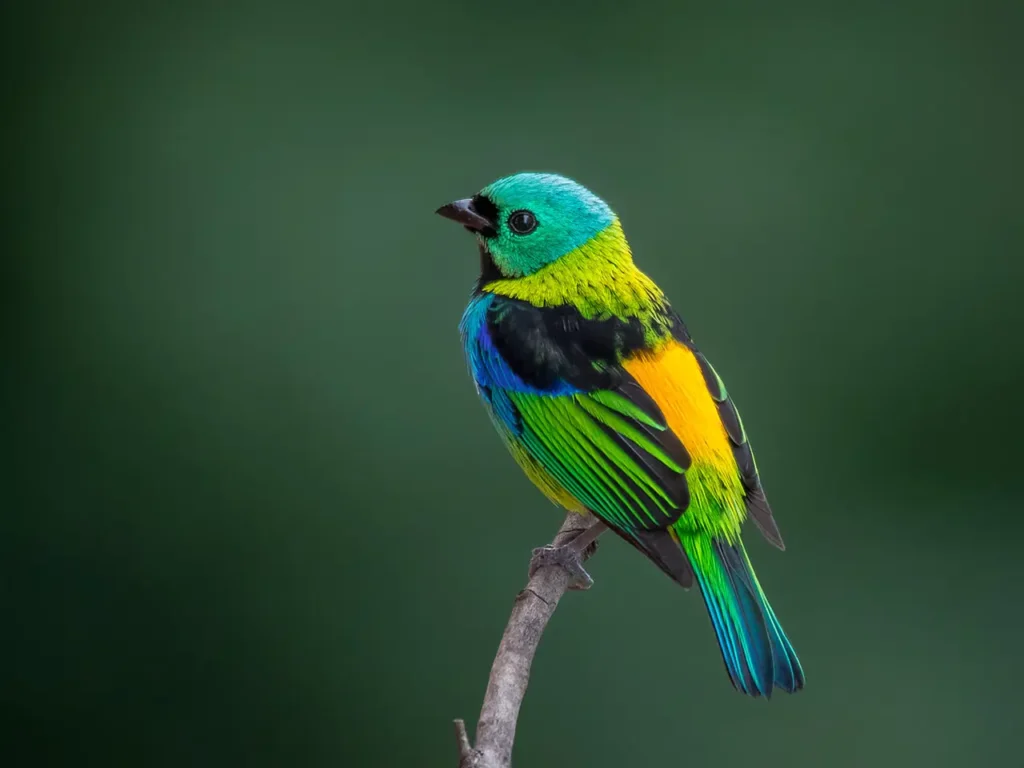
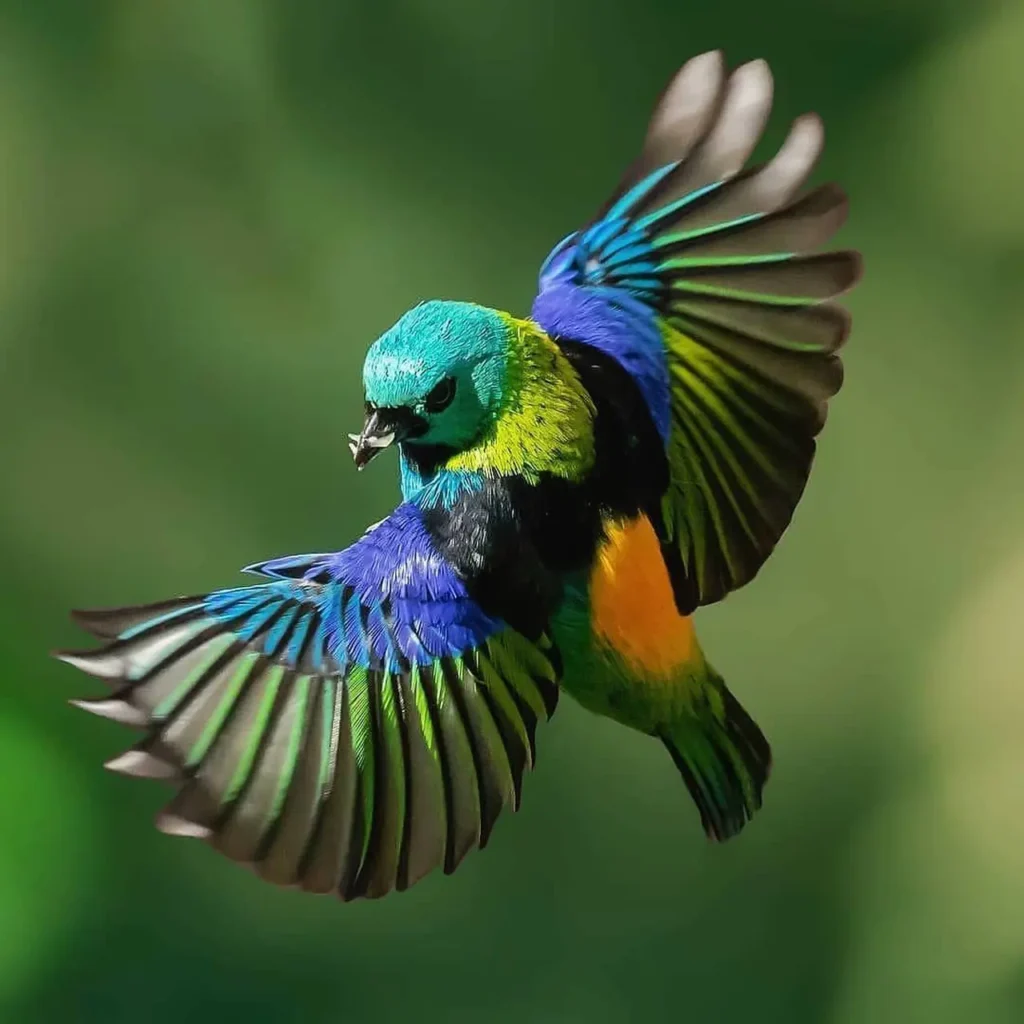
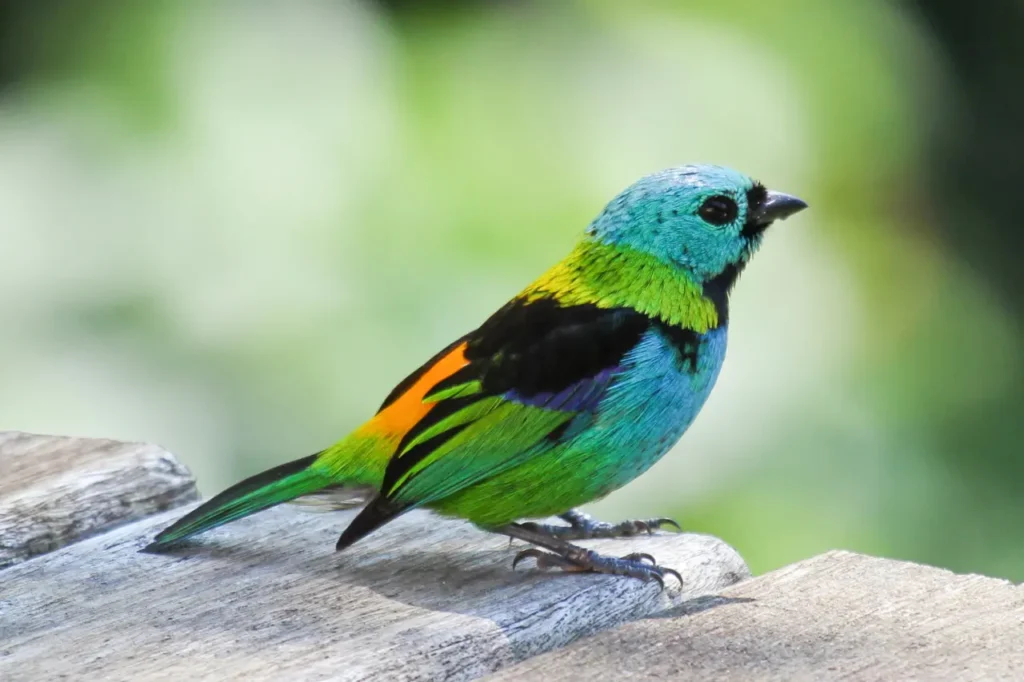
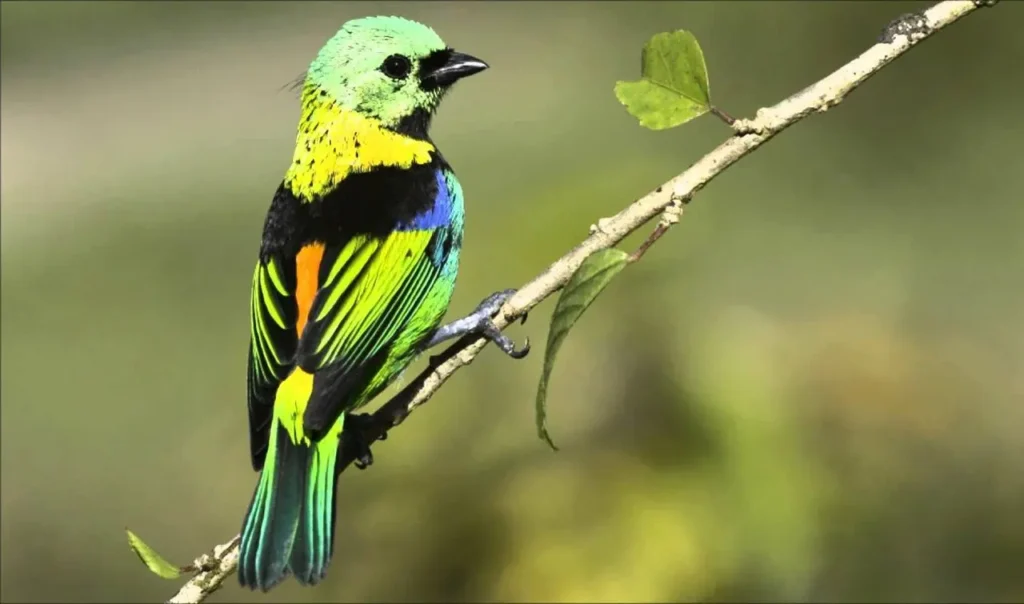
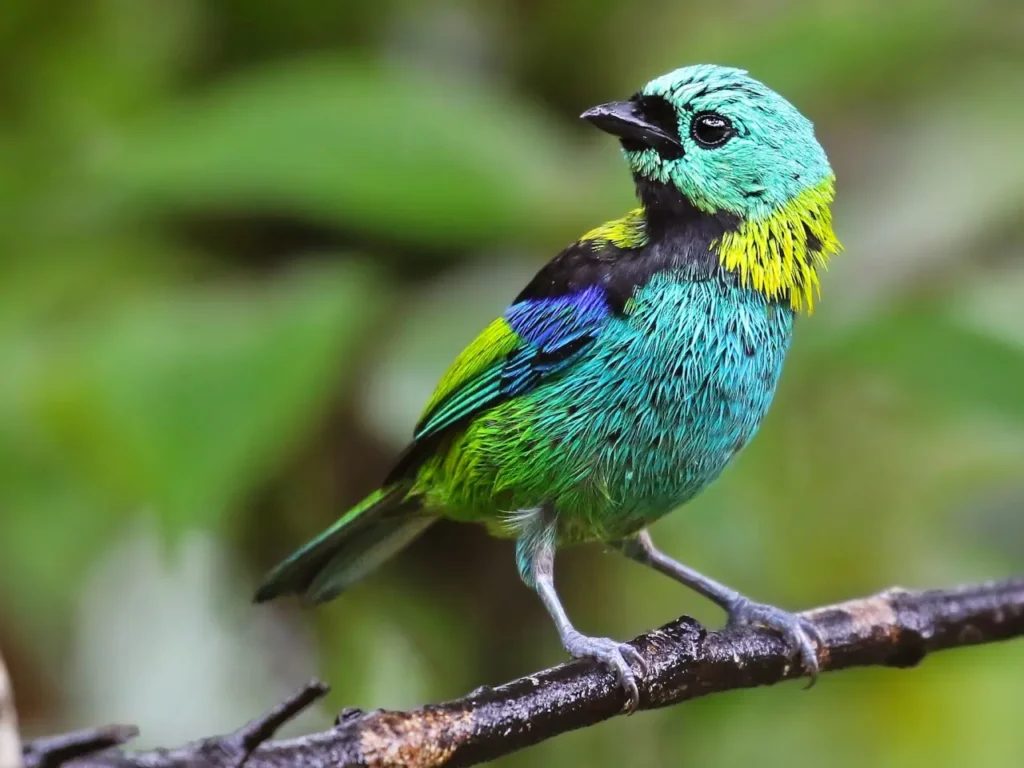
The Green-Headed Tanager, with its resplendent plumage, enchanting songs, and vital role in rainforest ecosystems, serves as a reminder of the beauty and complexity of the natural world. Its presence within the tropical canopies underscores the delicate balance of life and the interconnectedness of species. By cherishing and protecting the habitats that sustain the Green-Headed Tanager, we honor the rich diversity of life on our planet and contribute to the preservation of these remarkable creatures for generations to come.








